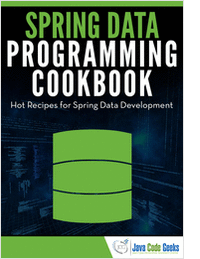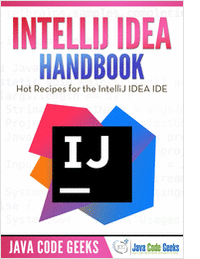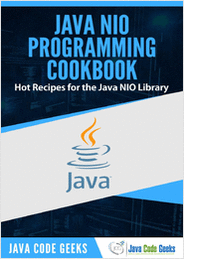Download IT Guides!

Spring Data's mission is to provide a familiar and consistent, Spring-based programming model for data access while still retaining the special traits of the underlying data store. It makes it easy to use data access technologies, relational and non-relational databases, map-reduce frameworks, and cloud-based data services. In this eBook, we provide a compilation of Spring Data examples that will help you kick-start your own projects. We cover a wide range of topics, from setting up the environment and creating a basic project, to handling the various modules (e.g. JPA, MongoDB, Redis etc.).
| |
|

Selenium is a portable software testing framework for web applications. Selenium provides a record/playback tool for authoring tests without learning a test scripting language (Selenium IDE). It also provides a test domain-specific language (Selenese) to write tests in a number of popular programming languages, including Java, C#, Groovy, Perl, PHP, Python and Ruby.In this ebook, we provide a compilation of Selenium programming examples that will help you kick-start your own projects. We cover a wide range of topics, from Installation and JUnit integration, to Interview Questions and Standalone Server functionality.
| |
|

IntelliJ IDEA is a Java integrated development environment (IDE) for developing computer software. It is developed by JetBrains, and is available as an Apache 2 Licensed community edition, and in a proprietary commercial edition. Both can be used for commercial development. The IDE provides for integration with build/packaging tools like grunt, bower, gradle, and SBT. It supports version control systems like GIT, Mercurial, Perforce, and SVN. Databases like Microsoft SQL Server, ORACLE, PostgreSQL, and MySQL can be accessed directly from the IDE.
| |
|

java.nio (NIO stands for non-blocking I/O) is a collection of Java programming language APIs that offer features for intensive I/O operations. It was introduced with the J2SE 1.4 release of Java by Sun Microsystems to complement an existing standard I/O. The APIs of NIO were designed to provide access to the low-level I/O operations of modern operating systems. Although the APIs are themselves relatively high-level, the intent is to facilitate an implementation that can directly use the most efficient operations of the underlying platform.
| |
|
|
|